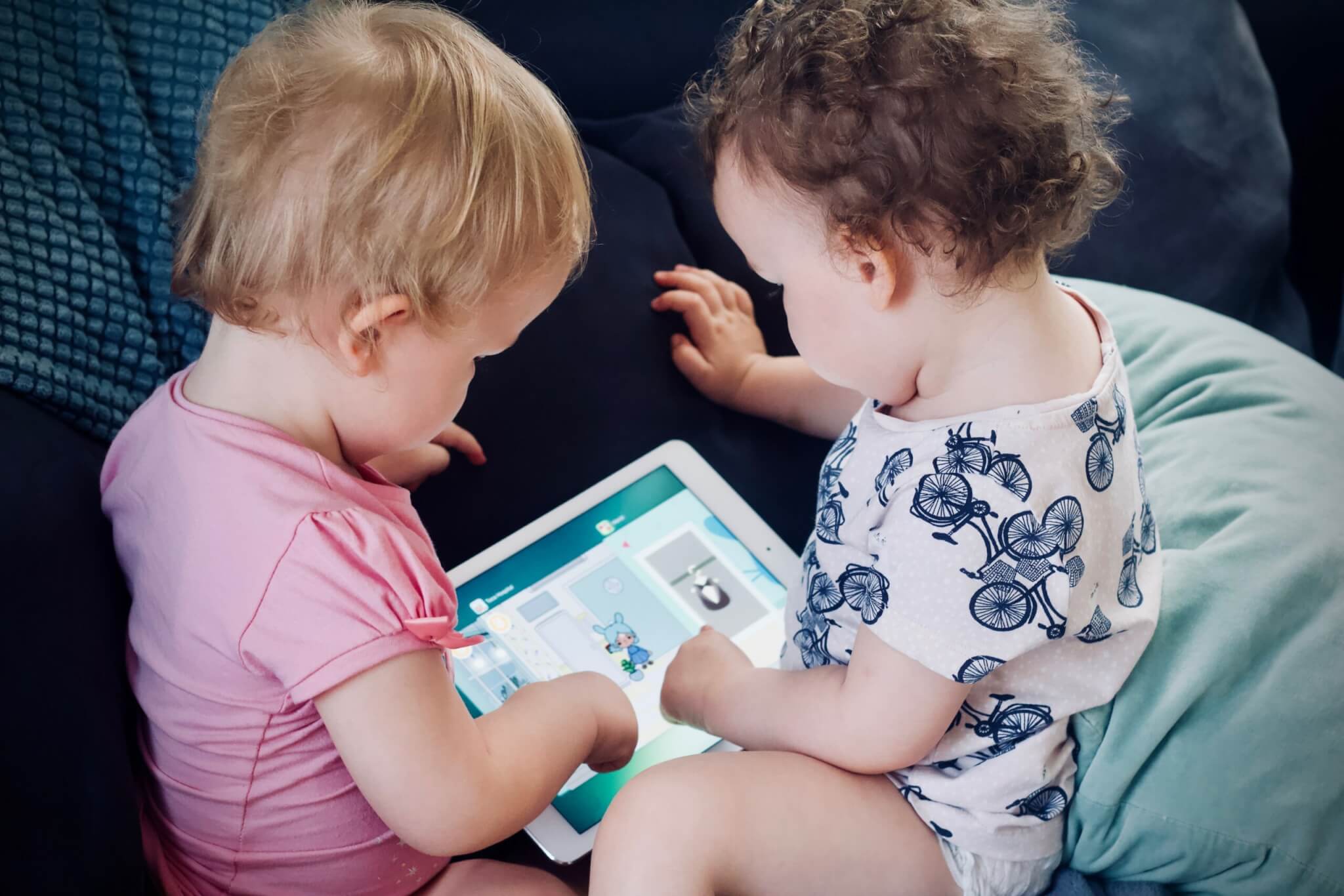DALLAS — Toddlers nowadays face a world filled with screens to scroll and endless videos to watch. All this can lead parents, doctors, and scientists to ponder: What impact is screen time having on toddlers today? Now, Southern Methodist University psychologist Sarah Kucker and a team of colleagues have found that video-watching among toddlers can indeed negatively affect language development among young children.
However, study authors add the important caveat that caregivers’ motivations for exposing their kids to digital media can potentially mitigate the negative impact screens appear to have on language skills.
The study’s results show that kids between the ages of 17 and 30 months-old spend close to two hours daily watching videos. That represents an astounding 100 percent increase in comparison to estimates prior to the COVID-19 pandemic changed the world. Researchers say their work shows clear a negative association between high levels of digital media consumption and children’s vocabulary development.
Children shown videos by caregivers intended to calm or “babysit” tended to use phrases and sentences featuring fewer words. However, the negative impact on language skills lessened when videos were for either educational purposes or in an attempt to foster social connections. For example, through video chats with family members.
“In those first couple years of life, language is one of the core components of development that we know media can impact,” says Kucker, assistant professor of psychology in SMU’s Dedman College of Humanities & Sciences, in a university release. “There’s less research focused on toddlers using digital media than older ages, which is why we’re trying to understand better how digital media affects this age group and what type of screen time is beneficial and what is not.”

This project encompassed 302 caregivers of children between 17 and 30 months-old. All caregivers answered various questions regarding their child’s words, sentences, and how much time they spend on different media activities on a daily basis. Such activities included video/TV, video games, video chat, and e-books. Importantly, caregivers had to explain why they use each activity with their child. It’s worth noting print book reading was also compared.
Study authors assessed the levels of media use and the reasons provided by caregivers for their children’s screen time. They then compared all of those factors to the child’s vocabulary and length using two or more words together (the average length of utterance).
Prof. Kucker suggests that caregivers should carefully consider what kind of videos their kids watch (whether for learning or fun), as well as how they interact with toddlers watching videos. The study author acknowledges that parents often use digital media keep their kids busy while they complete other tasks. She also suggests caregivers and parents think heavily about just how much digital media they allow their young children to watch, and if they can interact with them at the same time.
The research team asserts that these findings highlight the urgent need for parents, caregivers, and educators to be aware of the potential effects of digital media on language development in children 30 months-old and younger. A better understanding of the varieties of digital media children view and the reasons behind that usage can help ensure appropriate measures are put in place to promote more healthy language development.
Future research by Prof. Kucker and her colleagues will continue to explore the various types of videos young children watch, how they use screens with others, and if young children watching digital media for two hours is the new normal – and if it is, how will that impact language development?
The study is published in the journal Acta Paediatrica.
